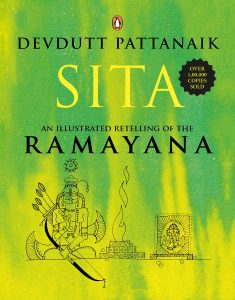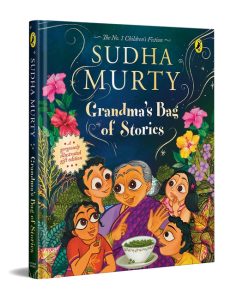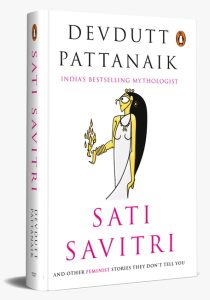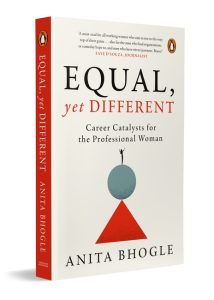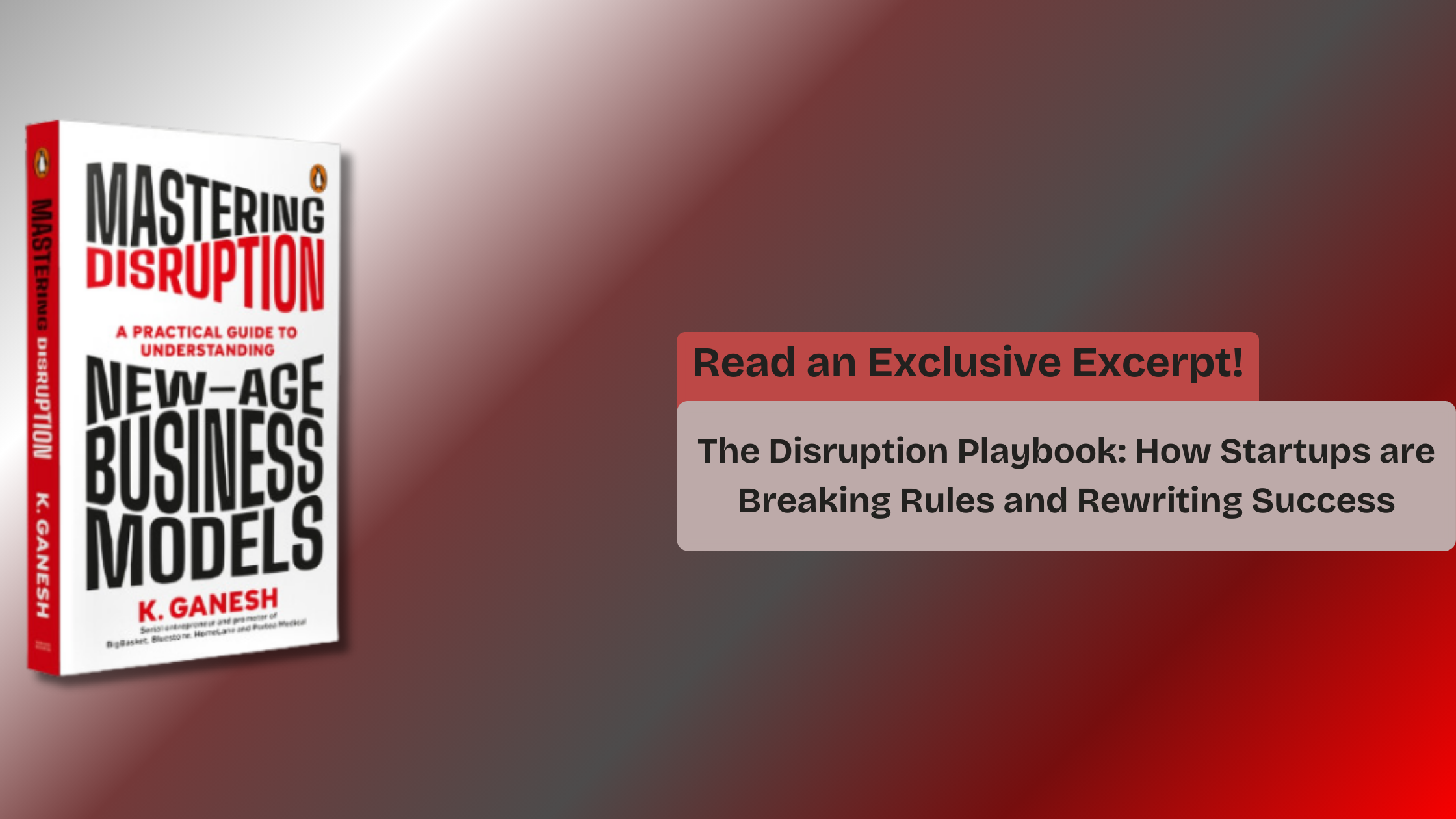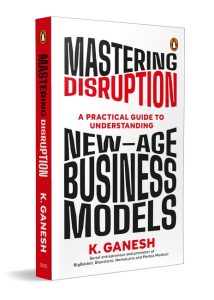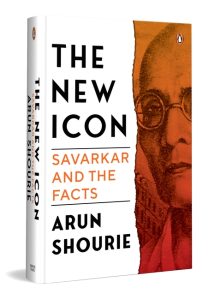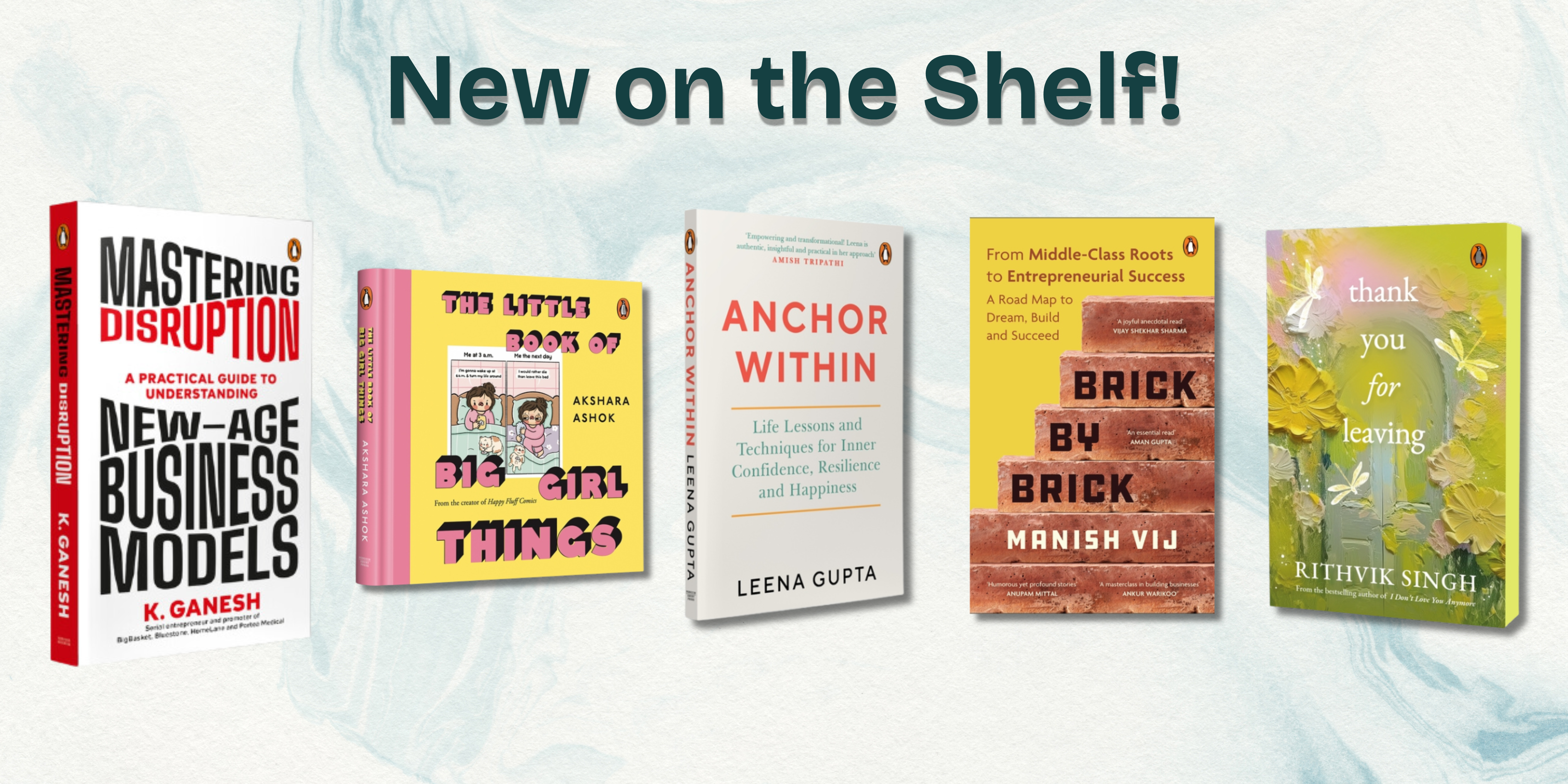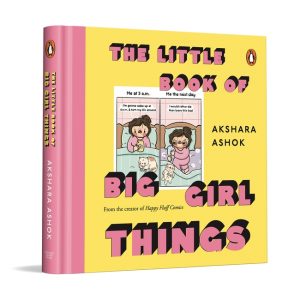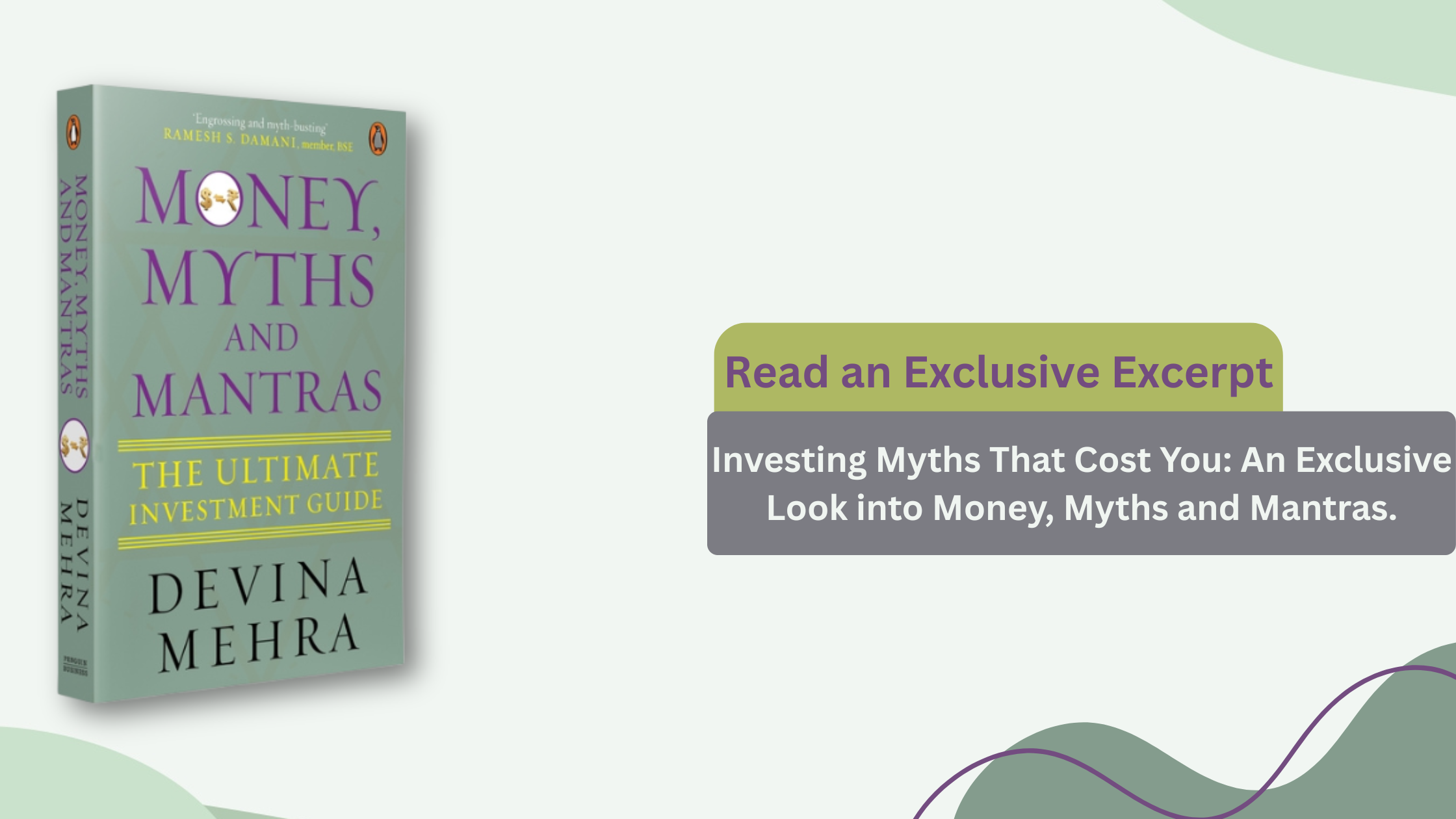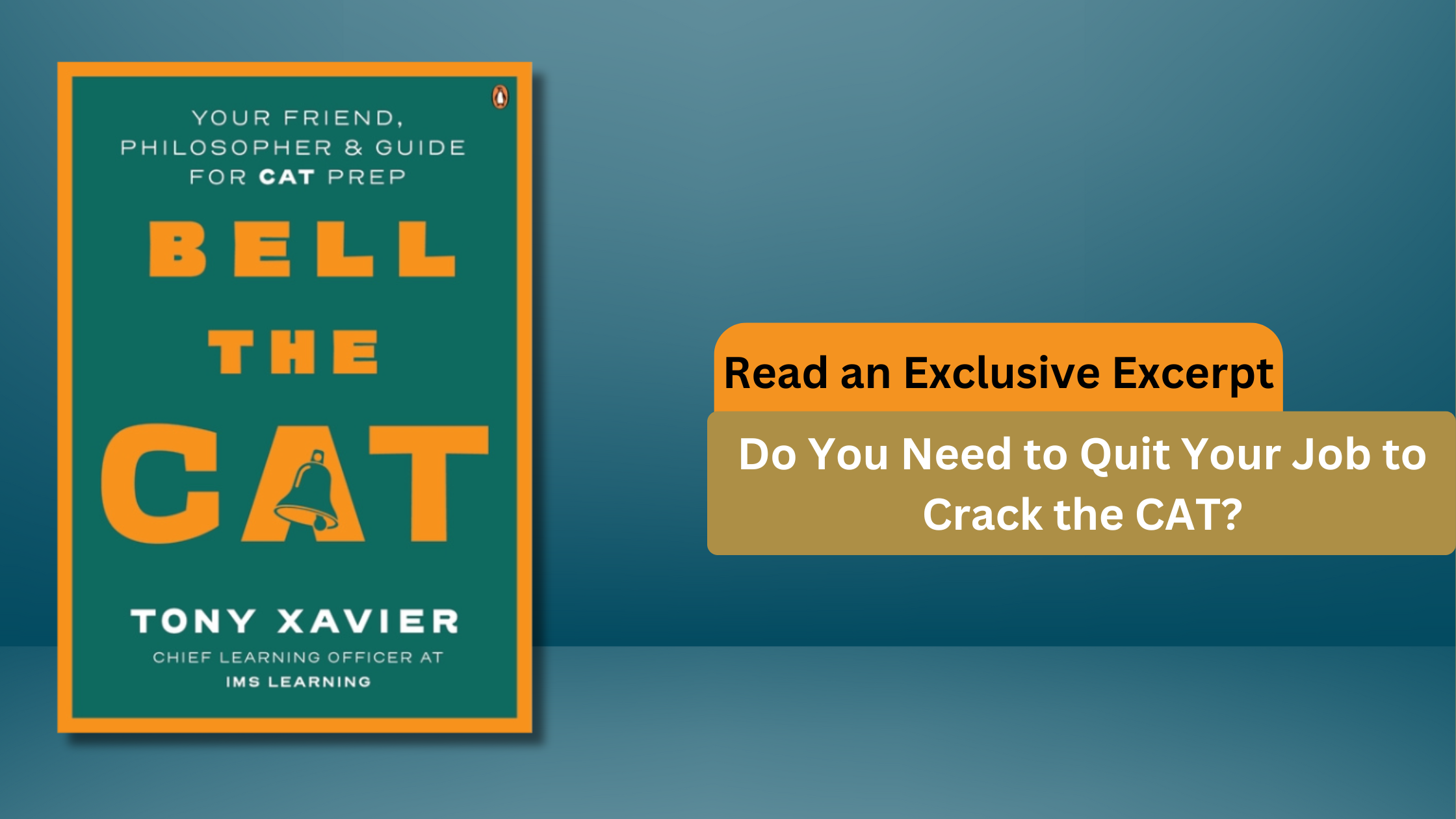Discover the Magic of Stories: A Journey Through New Children’s Books
There’s something truly special about the books we grow up with—the ones that transport us to faraway lands, introduce us to unforgettable characters, and fill our hearts with wonder. The latest collection of children’s books does just that, offering young readers a delightful mix of adventure, wisdom, humor, and heart. Whether it’s timeless folktales, stories of real-life heroes, or whimsical tales that spark laughter, these new releases promise to leave a lasting impression.
Folktales That Whisper Through the Ages
The Whispering Mountains: Greatest Himalayan Folktales
In the heart of the Himalayas, where the mountains hold secrets as old as time, stories have been passed down through generations. This enchanting collection brings together some of the most treasured folktales from the region, inviting young readers into a world of talking animals, mischievous spirits, and nature’s deep wisdom. Each tale is a glimpse into a culture rich with tradition and storytelling magic.
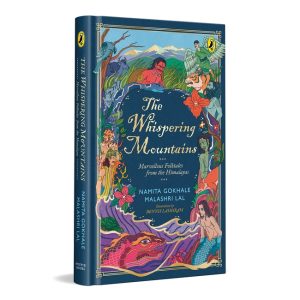
A Hero’s Journey: Inspiring Young Minds
Seeker of Truth: Kailash Satyarthi’s Fight to End Child Labour
Not all heroes wear capes. Some, like Nobel Laureate Kailash Satyarthi, dedicate their lives to fighting for justice. This powerful story introduces children to his inspiring journey, from standing up against child labor to rescuing thousands of children from bonded labor. It’s a book that ignites courage, compassion, and the belief that even one person can change the world.

Whimsical Fun and Mischievous Adventures
The Silly Billy series brings laughter and chaos in equal measure. These books celebrate the joys (and troubles!) of childhood with stories that are both hilarious and heartwarming.
- Agassi and the Great Cycle Race – Khyrunnisa A.: A madcap race where speed, strategy, and a whole lot of silliness collide!
- Jumble Sale – Shabnam Minwalla: What happens when you try to sell your stuff and end up creating the world’s funniest mess?
- Ghosts, Thieves and Aha! Adventures – Asha Nehemiah: A collection of delightfully absurd mysteries, perfect for curious young minds.
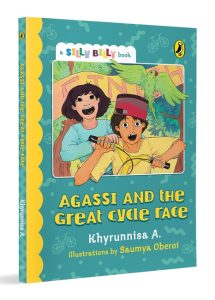
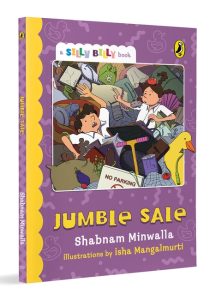
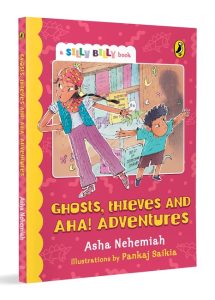
Tiny Books, Big Stories
The Hook Book series is all about bite-sized storytelling for young readers, making reading a joyful and effortless experience.
- Zooni’s Alarm Clock – Vibha Batra: A charming tale about an inventive little girl who learns that sometimes, the best ideas come from the simplest places.
- Wrestling Day – T. Keditsu: A lively, heartwarming story about tradition, resilience, and the unexpected lessons that come with stepping into the ring.
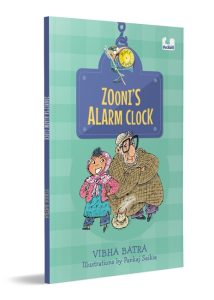

A Treasure Trove for Young Readers
These books are more than just stories—they are invitations to dream, to laugh, to wonder, and to believe in the magic of words. Whether your child loves thrilling adventures, meaningful true stories, or lighthearted fun, this collection has something for every little reader. Because at the end of the day, a great book is not just one that we read—it’s one that stays with us forever.
Which of these books will you pick up first? Let the reading adventures begin!










